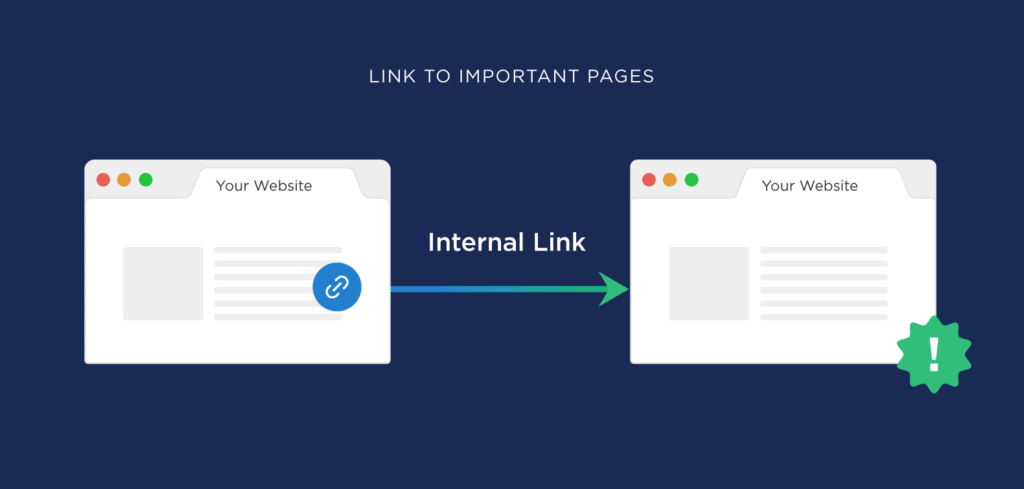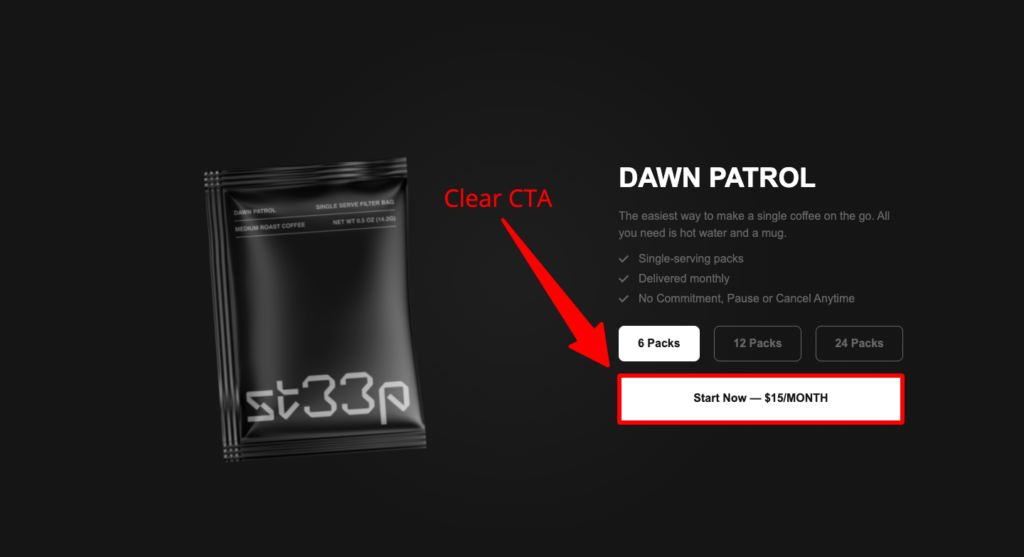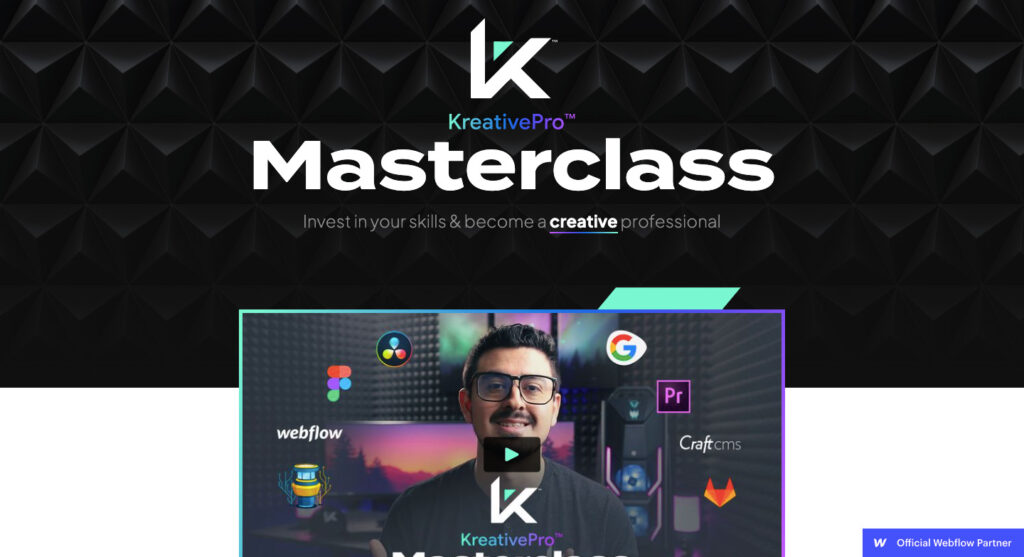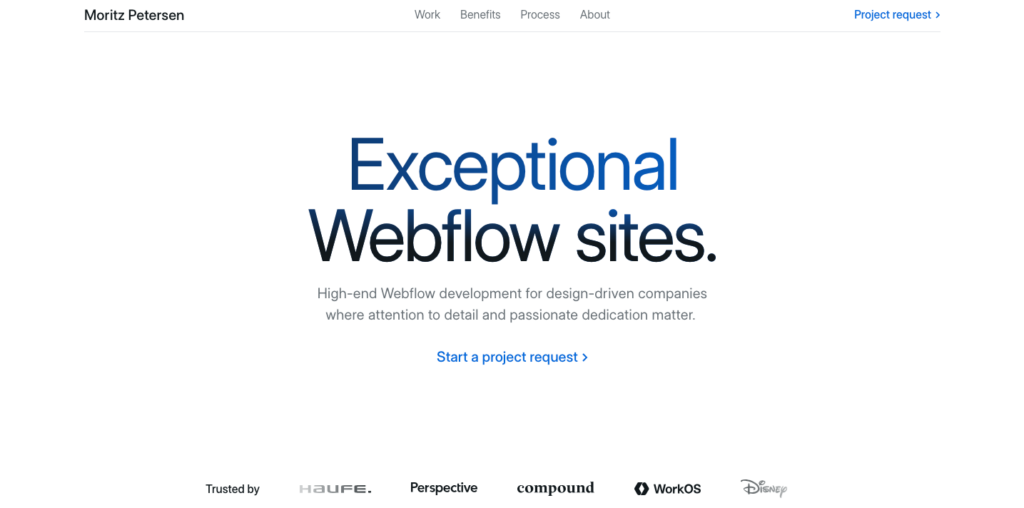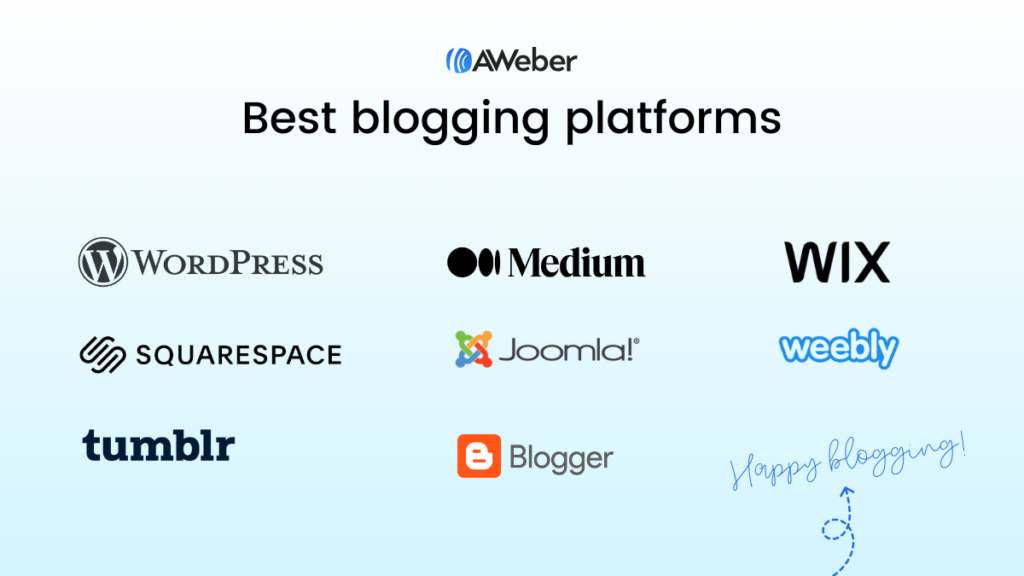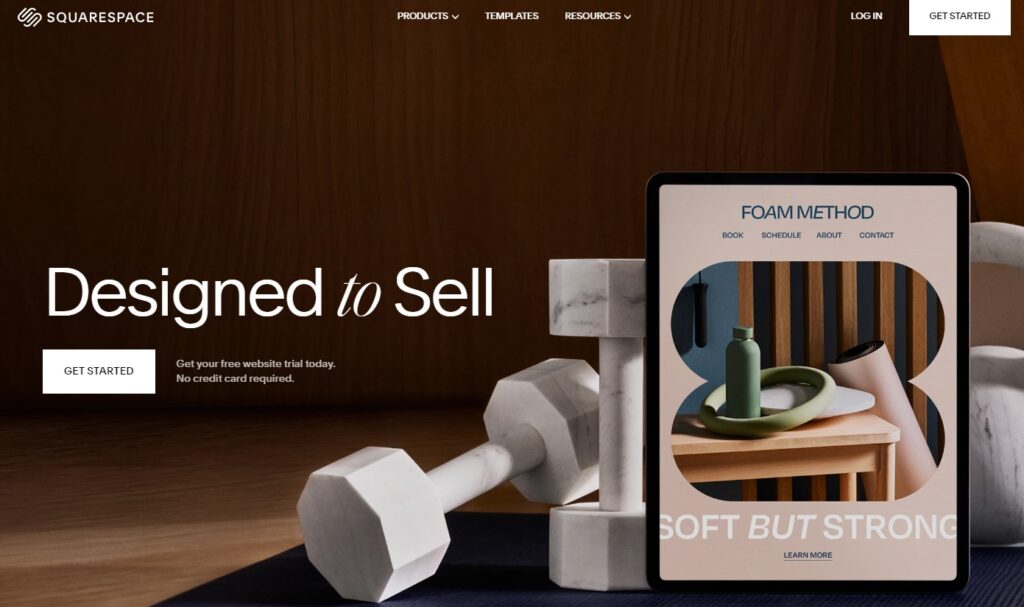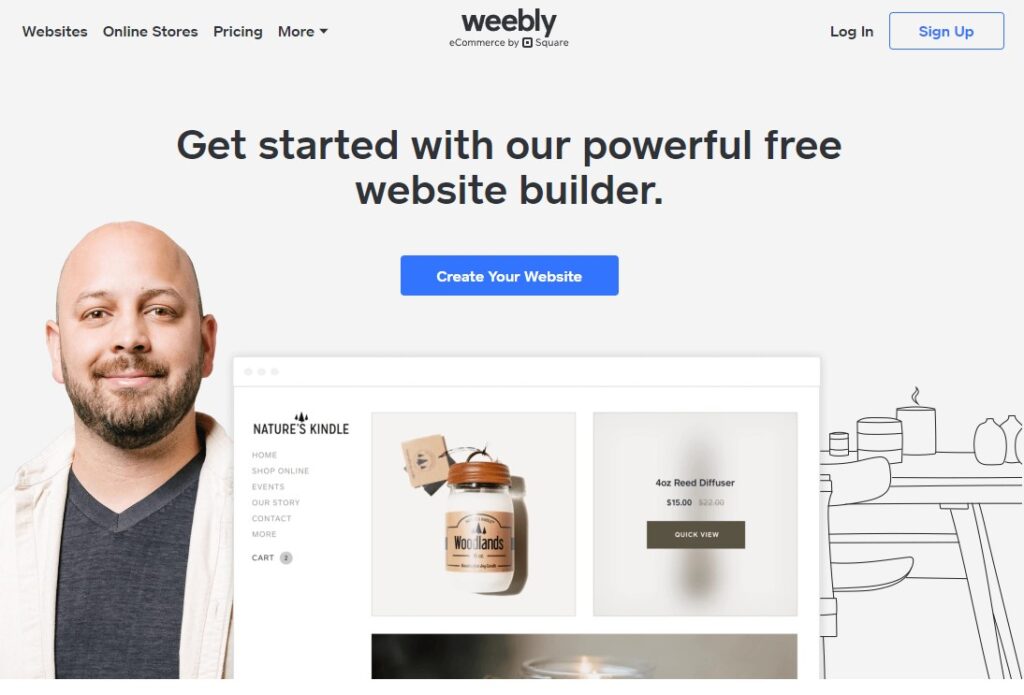What is social media technology?
At its core, social media technology is software designed to manage a company’s social media profiles across multiple platforms. But as social media has evolved, management platforms have matured beyond this primary function, delivering much more to brands and the people behind them.
About 88% of business leaders who use social media technology agree it’s a critical tool in their company’s tech stack, according to The 2023 State of Social Media report. These leaders say they use social media data for:
- Customer service (62%)
- Brand awareness (60%)
- Market insights (53%)
From sophisticated data analysis to advanced customer care capabilities, social teams and business leaders have come to rely on social media tools.
How social media technology has evolved
Over 5 billion people use social media worldwide, and, according to Sprout Social Q4 2023 Pulse Survey data, 42% of users expect to be present on even more networks in 2024. From emerging networks to well-established platforms, audiences have a nearly insatiable appetite for social media content across channels. As a result, social media networks are constantly changing to keep up with the emerging preferences of their growing user base.

As networks innovate, social media technology has evolved in lockstep—ensuring practitioners can continue to show up where and how their audiences expect. In The Sprout Social Index™, 68% of consumers say their top reason for following brands on social is to stay informed about new products or services. Another 76% notice and appreciate when companies prioritize customer support on social, and 76% value how quickly a brand can respond to their needs.
Social media technology has come a long way since its origin. In addition to its original function of helping teams schedule and cross-post content, it now plays a pivotal role in enhancing the customer experience, making it possible to respond to customers more efficiently and use performance metrics to inform content strategy.
Social media tools also:
- Establish operational efficiencies
- Enable teams to connect with audiences at scale
- Interpret performance data
- Help understand customers across every stage in the journey
- Integrate emerging tech like AI into team workflows
- Empower leaders with valuable market intelligence

There is no clear roadmap for how networks will change in the next five years. But social media technology ensures your brand is maximizing—not just managing—social, and developing at the lightning speed pace of the industry.
The role of social media technology at your organization
Social media is so much more than a push channel: It’s a direct portal to your customers. According to Deloitte’s research from January 2024, “Social-first brands are repositioning social media at the core of the entire brand and customer experience, as a key driver of strategic priorities across the entire C-suite—from commerce and customer care to risk management, product development and beyond.”
With the right social media technology, you can streamline manual tasks and handle all your use cases, while also uncovering customer insights that matter to your entire company. Social media tools prepare your team to be at the forefront of the future.
Make time for more meaningful work
Without an effective management platform, executing a social strategy that encompasses publishing, reporting, customer care and interpreting data is extremely complex. Teams without the right dedicated software are forced to perform tedious manual tasks while working in disparate tools, spreadsheets and email threads, costing teams and brands valuable time and resources (not to mention the high likelihood of manual error being introduced during reporting).
According to The Social Media Productivity Report, marketers who use social media management platforms are almost twice as likely to report having enough time to get their work done, compared to those without a dedicated tool. They are also able to accomplish more strategic work than those who don’t use dedicated software, including business-critical activities like social listening for competitive analysis (47%) and audience research (43%). These teams report being able to perform additional responsibilities, too, like responding to customers and analyzing the health of their brand.
Social media technology gives teams the resources they need to work more effectively, and the structure to meet the most critical business objectives. For example, by using Sprout Social, the Salesforce team saved 12,000 hours by automating simple tasks, and were able to spend more time forging and fortifying relationships with customers.
Enrich customer experiences
Social media technology enables you to provide an unforgettable customer experience and build long-lasting customer relationships—never missing a message or brand mention and offering the right level of support every step of the way. For example, Sprout unifies all incoming messages into the Smart Inbox, where you can monitor incoming messages, foster conversations, respond to your audience quickly and prioritize the most urgent customer needs.
A recently commissioned Total Economic Impact™ study conducted by Forrester Consulting found that Sprout helped a composite organization representative of interviewed customers gain 92% of time back by using the Smart Inbox. The report explained that the streamlined Inbox improves the customer experience by creating faster response times and establishing brand credibility through reliable support on social.

Social tech collects data from customer exchanges, illuminating needs and pain points that you can use to improve your customer care interactions, while increasing loyalty and evangelism. In The 2023 State of Social Media Report, 59% of business leaders anticipate care will be more heavily informed by social in the next few years.
For example, through Sprout’s integration with Salesforce, you can already empower your care team by layering social insights on customer profiles—providing a seamless experience for your customers (and making your customer support team’s work easier at the same time).

Centralize and share data-driven insights
Social’s role has expanded well beyond marketing, touching nearly every corner of a business. Today, 76% of social marketers say their team’s insights inform other departments, according to the Index. Another 97% of leaders believe businesses will increase their use of social for understanding market trends in the next three years, while 93% believe social insights will be a primary source of company-wide business intelligence in the same time period.
A sophisticated platform unifies your social presences and your existing tech stack—aggregating data from many different sources and making it easily shareable outside of the marketing team. By integrating social data into “state of the business” reports, you can demonstrate a holistic view of your business results, gather consumer feedback to shape R&D product decisions and distribute key competitive research to help leadership combat market headwinds, uncertainty and doubt.
With Sprout’s Listening solution and Analytics tools, brands can keep a pulse on their performance, what competitors are saying, posting and doing, and identify trends across their industry. Sprout’s automated, presentation-ready reports eliminate time-consuming manual data collection, empowering social marketers to easily tell a compelling story about their brand and the market.

The Total Economic Impact™ study found that using Sprout helped eliminate manual data collection of monthly reports by 75%, resulting in $39,000 in savings over three years.
Why invest in social media technology
When social teams are equipped with the right solutions, they can bring more value to not only the marketing organization, but the entire company.
Investing in a social media management platform gives your business the tools to grow or maintain brand relevance. Social data is a source of truth that will help your company refine product development, strengthen your employer brand and recruit top talent—while directly driving revenue.
When you’re up against tight budgets and looming economic uncertainty, investing in social gives you a competitive advantage.
Pro tip: Not all social media management platforms are created equal
There are hundreds of platforms on the market today, but most lack the roadmap and commitment to meet a business’ long-term needs. For example, some platforms’ mergers and acquisitions have led to disparate offerings being haphazardly pieced together, resulting in a difficult user experience for sophisticated teams.
Alternatively, over the past year, Sprout Social strategically acquired companies like Repustate and Tagger to enhance our customers’ ability to drive deeper insights from social media and expand their brand presence. We never simply tack on or silo an acquired company. Instead, we thoughtfully weave them into the customer experience to ensure seamless delivery of service.
Some platforms prioritize cost efficiency and short-term investment over customer service and innovation, leaving customers in the dark. While they all work off the same APIs and network limitations, it’s really the way the platforms are built that matters most to your business. Platforms should be elegantly designed to drive adoption across small and robust teams alike, built to move at the speed of social and provide access to key insights that your whole organization can leverage.
The platform you select should be easy to use and offer dedicated and reliable support, while maintaining a clear product vision and relationships with major networks. Your social media technology of choice should prioritize innovation without renovation and clunky re-training that costs your business time and money.
Without social media technology, your brand risks getting left behind
Social media is more critical to business success than ever before.
But without the right technology, social teams are overextended—leaving companies at risk of missing out on crucial insights. To truly tap into the power of social, you need a management platform that improves workflow efficiency, scales customer interactions and elevates audience data.
Ready to see Sprout’s powerful data, flexible tools and intuitive user experience in action? Request a personalized demo with a member of the Sprout Social team. We look forward to showing you how our platform can help you connect with your audience at scale and gather critical insights that propel your business forward.
The post The case for better social media technology in 2024 appeared first on Sprout Social.
from Sprout Social https://ift.tt/ryzsm2c
via IFTTT




